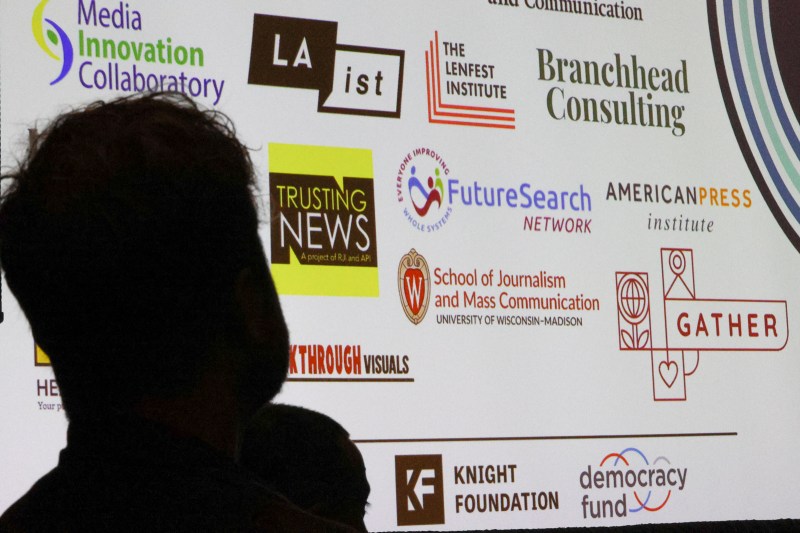On Aug. 23, the Texas Tribune laid off 11 staffers, including the entire copy desk.
Texas Tribune CEO Sonal Shah explained the cuts to employees and Tribune readers.
“The Texas Tribune is not immune to external forces,” Shah wrote. “We don’t get to opt out of the realities of an unsteady economy, an evolving media industry, the pressures of technology or the world in which we’re operating in.”
Shah alluded to the changing landscape of media in a message to the Tribune’s staff, emphasizing the organization’s desire to “try new formats, take bolder risks and use more tools to reach audiences.”
Since the disruption of the news industry began in the early years of the 21st century, copy desks have been particularly vulnerable to cuts. This past June, the Los Angeles Times cut 73 staffers, a third of whom worked in news and copy editing. In 2017, the New York Times removed their stand-alone copy desk.
While these cuts are not directly attributed to technology growth, the implications aren’t lost on industry professionals.
With the advancement of AI technology, some have started to question whether the role of copy desks could be shifted to generative AI.
The technology holds great benefits, but they shouldn’t supplant journalism jobs, said Marc Lavallee, director of Technology Product and Strategy/Journalism for Knight Foundation.
“A copy editor’s job has changed in a couple of ways,” Lavallee said. “There are now some of these tools that they and others can use to handle adhering copy to house style.”
But he and others cautioned that AI should be used to supplement work like copy editing, not replace copy editors.
AI technology can’t supplant “human touch,” said Erin Wright, assistant editor on the community team at the New York Times.
She started her career as a copy editor at the Miami Herald and Yahoo News.
“People certainly want content that is factual and truthful, but they also want to know that it’s something that a person did,” Wright said.
ChatGPT, a form of generative AI, is able to craft novel messages, but lacks the discretion to initiate editor-to-reporter conversations and fact check stories.
Copy editors do more than correct grammatical errors and analyze style. They also fact check data, write headlines and help to maintain the newsroom’s values.
Wright said they are essential to successful stories.
“That copy editor to reporter relationship was often contentious, but it was also a wonderful chance to interact over something that both sides care about — the journalism,” Wright said. “A chatbot isn’t going to care about journalism. It’s going to care about the algorithm.”
One of the largest philanthropic organizations in the journalism industry, the Knight Foundation, has explored AI’s burgeoning role in the newsroom.
One of its latest initiatives, the California Accountability Project, aims to “increase the volume of legislative accountability reporting, starting in California and expanding into different states.”
Participants include CalMatters and California Polytechnic State University.
In this case, AI is meant to bolster coverage of state legislatures. The technology analyzes legislative activity and detects outliers, in an effort to aid reporters as they choose what issues to cover.
This comes at a time where statehouse reporters’ employment has increased by 11%, but 16 states now have fewer reporters than they did in 2014.
In a fragmented media landscape, AI can provide clarity on what to cover and how to do so.
As long as the initiatives succeed, more could be invested in local reporting.
The determining factor may be people in leadership positions, rather than the technology itself, Lavallee said.
“It’s much more about the motives behind the decision making,” said Lavallee. “The reason I land optimistic — this is above and beyond AI — is that folks with bad motives that aren’t aligned with community and audience interests are ultimately going to have a really hard time staying in business.”





